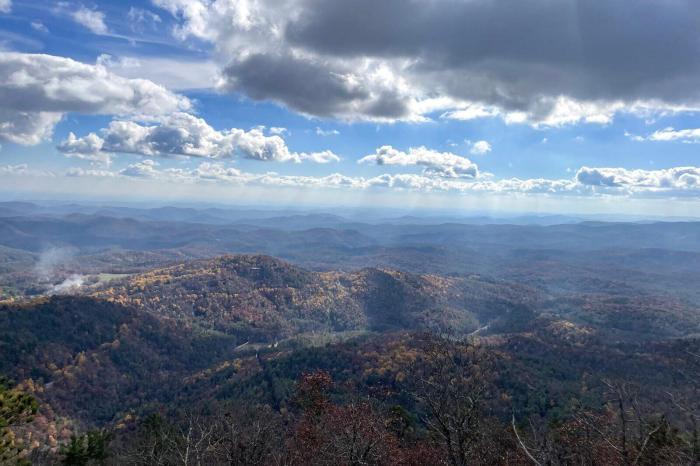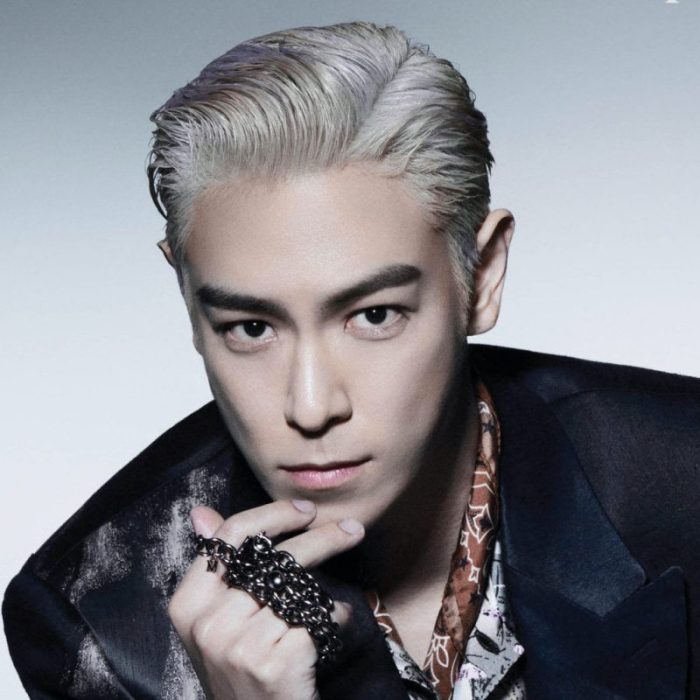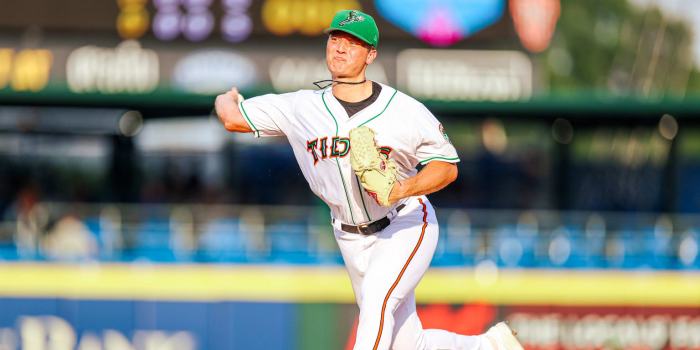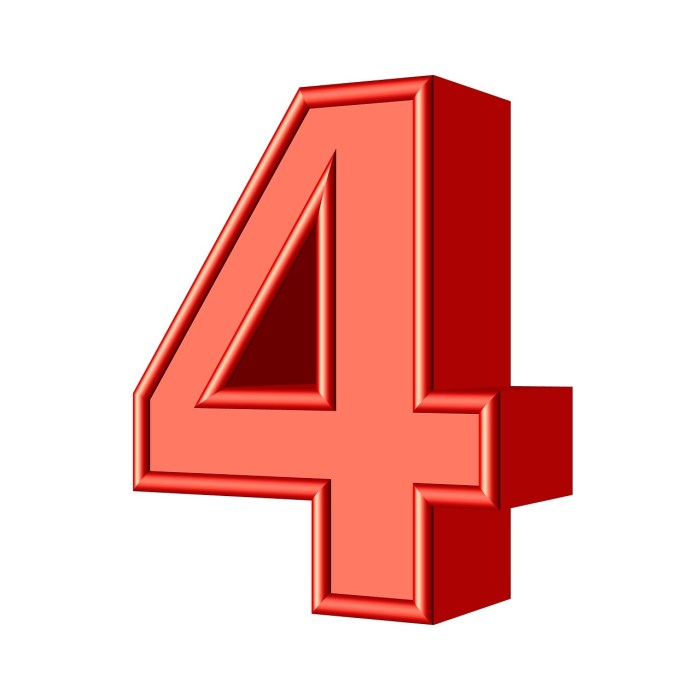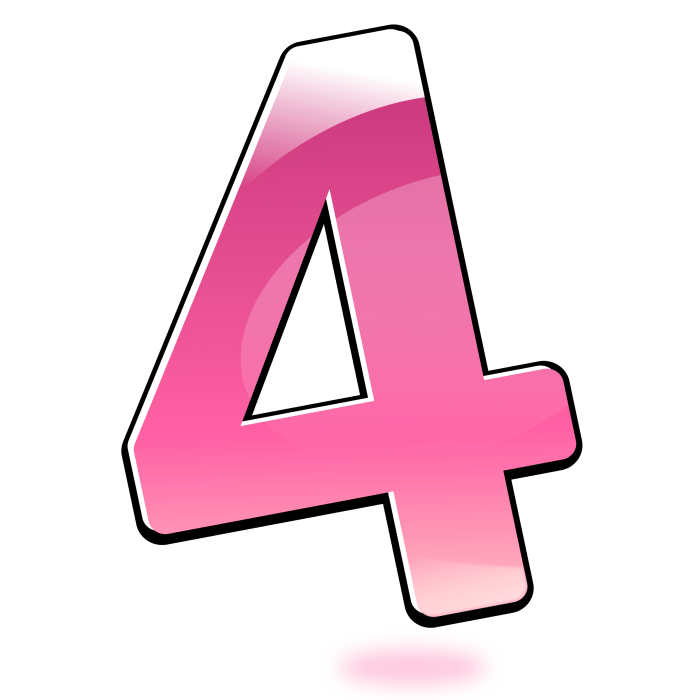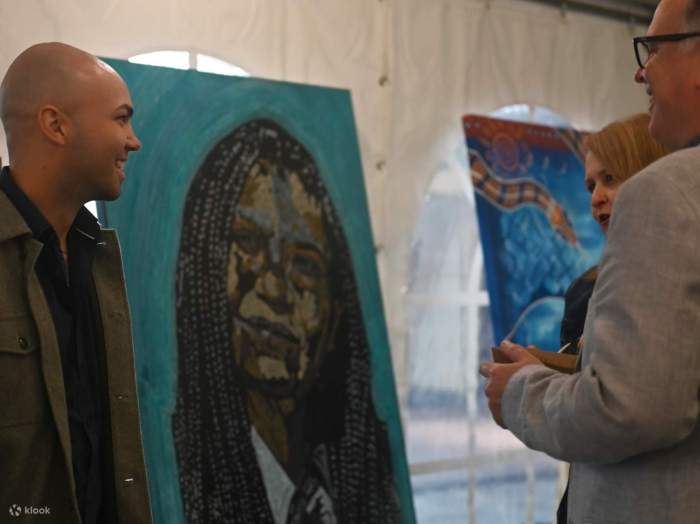Best road trips in Wales offer a captivating journey through stunning landscapes, rich history, and vibrant culture. From dramatic coastal drives to winding mountain passes, Wales provides unforgettable experiences for every traveler. Prepare to be mesmerized by the breathtaking scenery, historical sites, and charming villages as you embark on your own personalized adventure.
This guide dives deep into the best routes, highlighting must-see attractions, and providing practical tips for planning your perfect Welsh road trip. Discover hidden gems, indulge in local delicacies, and create memories that will last a lifetime.
Introduction to Welsh Road Trips
Embarking on a road trip through Wales is an experience unlike any other. The winding country lanes, breathtaking coastal views, and charming villages create a tapestry of scenic beauty, perfect for exploring at your own pace. Whether you’re a seasoned adventurer or a weekend warrior, Wales offers a road trip to suit every taste, promising a journey filled with unforgettable memories and discoveries.The allure of Welsh road trips transcends the simple act of driving.
It’s a journey into a rich tapestry of history, culture, and natural wonder. From the dramatic peaks of Snowdonia to the rugged coastline of Pembrokeshire, Wales presents a diverse range of landscapes and experiences. This isn’t just about hitting the road; it’s about immersing yourself in the spirit of the country, tasting its cuisine, and connecting with its unique identity.
Welsh Landscapes and Road Trip Suitability
Wales boasts a remarkable variety of landscapes, perfectly suited for the exploration that a road trip offers. From the lush green valleys of Mid Wales, teeming with ancient forests and hidden waterfalls, to the dramatic cliffs and golden beaches of the coastal regions, the journey itself becomes part of the experience. The winding roads, often lined with charming villages and picturesque hamlets, encourage a slower pace, allowing for the discovery of hidden gems and spontaneous detours.
The rugged beauty of the mountains, the tranquil serenity of the lakes, and the dramatic coastlines are all integral parts of the Welsh road trip experience. Each region offers a distinct charm, ensuring that every corner of the country holds a unique narrative to be unveiled.
Top Welsh Road Trip Destinations
A road trip through Wales offers an opportunity to experience a range of different destinations. Each region has its own character, its own unique stories and treasures. The following table presents a concise overview of some of the best destinations for a Welsh road trip, along with estimated durations and highlights.
| Destination | Description | Duration (Days) | Highlights |
|---|---|---|---|
| Snowdonia National Park | Explore the dramatic peaks, stunning lakes, and lush valleys of this iconic national park. | 3-5 | Hiking, mountain biking, picturesque villages, breathtaking views. |
| Pembrokeshire Coast Path | Discover the dramatic coastline, charming coastal towns, and stunning beaches of Pembrokeshire. | 4-7 | Coastal walks, charming harbors, historic castles, golden sandy beaches. |
| Mid Wales | Experience the rolling hills, ancient forests, and hidden waterfalls of the heart of Wales. | 3-5 | Scenic drives, charming villages, hiking trails, waterfalls, castles. |
| Anglesey | Explore the island’s rugged coastline, historical sites, and charming villages. | 2-4 | Beaches, castles, charming villages, historical sites, boat trips. |
Popular Road Trip Routes in Wales

Wales, a land of dramatic landscapes and rich history, offers countless opportunities for unforgettable road trips. From the rugged peaks of Snowdonia to the picturesque coastal paths of Pembrokeshire, exploring Wales by car allows you to immerse yourself in its diverse beauty and uncover hidden gems. These routes are designed to showcase the best of Welsh experiences, catering to different preferences and interests.Exploring Wales by car allows for flexibility and discovery.
You can tailor your trip to your interests, whether it’s hiking, history, or simply enjoying the scenery. These routes are not just about driving; they are about experiencing the spirit of Wales.
Coastal Routes: The Pembrokeshire Coast
The Pembrokeshire Coast National Park is a haven for coastal enthusiasts. Its dramatic cliffs, sandy beaches, and charming coastal towns offer a unique blend of natural beauty and historical intrigue. The coastal drive winds through picturesque villages, offering stunning views of the sea.
- Coastal Charm: The route offers a diverse range of experiences. You can enjoy breathtaking views from the cliffs, explore hidden coves, and visit charming fishing villages. You can also experience the rugged beauty of the Pembrokeshire Coast National Park, with its dramatic coastline and historic castles.
- Major Attractions: Iconic locations like Tenby, St Davids, and Saundersfoot are must-visits. The coastal path offers opportunities for scenic walks and exploration. The picturesque coastal villages and charming harbour towns provide a relaxed atmosphere for a pause from the drive.
- Pros and Cons: The route boasts stunning scenery, making it perfect for photography enthusiasts. However, the winding roads can be challenging for those unfamiliar with the area. The narrow coastal roads can be congested during peak season.
Mountainous Adventures: Snowdonia
Snowdonia National Park, with its towering mountains and lush valleys, is a paradise for hikers and nature lovers. This route is a journey through breathtaking scenery, offering a variety of outdoor activities.
- Mountain Majesty: The winding roads through Snowdonia National Park will take you through stunning valleys, dramatic peaks, and verdant forests. This route offers a unique experience of Wales’s natural beauty. The region is home to numerous hiking trails, waterfalls, and lakes.
- Major Attractions: Snowdon, the highest peak in Wales, is a must-see. The charming towns of Betws-y-Coed and Conwy offer a blend of historical charm and modern amenities. The stunning waterfalls and picturesque lakes provide opportunities for relaxation and adventure.
- Pros and Cons: The route offers an abundance of hiking and outdoor activities. However, the mountainous terrain can make driving challenging, particularly in poor weather conditions. The remote locations might not suit everyone.
Historical Heartlands: The Vale of Glamorgan
The Vale of Glamorgan offers a blend of historical sites, charming villages, and stunning coastal views. This route is perfect for history buffs and those seeking a well-rounded experience.
Planning a Welsh road trip? It’s amazing! Finding the perfect luggage for all those scenic stops is key, and right now, you might find a great deal on a Protege hardside carry-on at Walmart. Protege hardside carry on walmart sale makes packing for the breathtaking Pembrokeshire coast or the dramatic Snowdonia mountains so much easier.
Just remember to book accommodations and fill up your tank before you hit the road!
- Historical Journey: The route takes you through the historic heart of Wales, with castles, stately homes, and ancient sites. You can discover the rich history and heritage of the region.
- Major Attractions: Cardiff Castle, St Fagans National Museum of History, and the charming towns of Llandaff and Barry are major attractions. This route also allows you to experience the vibrant Welsh culture.
- Pros and Cons: The route offers a variety of attractions for history enthusiasts. However, the route might not be as adventurous for those seeking more challenging terrain. The route’s proximity to major cities might make it a little less secluded compared to other options.
The Brecon Beacons: A Balancing Act
The Brecon Beacons offer a combination of mountains, valleys, and historic sites, providing an all-encompassing experience. This route is ideal for those seeking a balance of outdoor activities and historical exploration.
- Balanced Adventure: The Brecon Beacons National Park offers a diverse landscape. It blends the thrill of challenging hikes with the beauty of serene valleys. It’s a route that combines historical interest with the thrill of exploration.
- Major Attractions: The park features stunning views, numerous hiking trails, and a rich history. The park offers a variety of activities, from walking and cycling to climbing and mountain biking.
- Pros and Cons: The route offers something for everyone. However, the route’s remoteness might require careful planning and appropriate preparation for the weather.
A Comparison of Routes
| Route | Estimated Driving Time | Key Stops | Suggested Accommodation |
|---|---|---|---|
| Pembrokeshire Coast | 2-3 days | Tenby, St Davids, Saundersfoot | Coastal B&Bs, Seaside hotels |
| Snowdonia | 3-4 days | Snowdon, Betws-y-Coed, Conwy | Mountain lodges, charming guesthouses |
| Vale of Glamorgan | 2-3 days | Cardiff Castle, St Fagans, Llandaff | City hotels, historic inns |
| Brecon Beacons | 3-4 days | Brecon, Hay-on-Wye, Crickhowell | Countryside guesthouses, mountain cabins |
Must-See Attractions Along the Routes
Wales, a land of dramatic landscapes and rich history, offers countless opportunities for unforgettable road trips. Beyond the scenic routes, numerous attractions await, each with a unique story to tell. These attractions, ranging from ancient castles to breathtaking coastal vistas, enrich the experience and provide deeper insight into the nation’s past and present.Exploring these sites provides a more comprehensive understanding of the country’s diverse heritage and allows travelers to immerse themselves in the cultural tapestry woven throughout its history.
This section will highlight key attractions along popular Welsh road trip routes, offering insights into their significance and suggesting activities for visitors.
Ancient Castles and Historical Sites
Wales boasts a remarkable collection of castles, standing as testaments to its medieval past. These fortified structures offer a glimpse into the lives of royalty, warriors, and commoners who shaped the nation’s history.
- Caernarfon Castle: A magnificent medieval fortress, Caernarfon Castle, situated on the coast of the Snowdonia National Park, was built in the 13th century. Its imposing architecture, intricate details, and strategic location showcase the power and ambition of Edward I of England. Guided tours provide fascinating insights into the castle’s history, including the coronation of Edward II as Prince of Wales.
Wales’ stunning landscapes are perfect for road trips, winding through mountains and coastal villages. But if you’re craving a change of pace, why not treat yourself to some amazing food and drinks at some of the best restaurants in Nevis, the Caribbean? For a taste of paradise, check out the top-rated spots at food drink best restaurants nevis caribbean.
Once you’ve had your fill of delicious Caribbean cuisine, get back on the road and explore the incredible scenery Wales has to offer!
Visiting during the summer months allows you to enjoy the pleasant weather and potentially participate in medieval-themed events or demonstrations.
- Conwy Castle: Another impressive example of medieval military architecture, Conwy Castle, nestled on the coast, was constructed by Edward I in the 13th century. Its formidable walls and strategically placed towers demonstrate the castle’s role in defending the region. Explore the well-preserved interiors and imagine the lives of those who once called it home. Autumn offers a stunning backdrop of colorful foliage surrounding the castle.
- Cardiff Castle: Standing proudly in the capital city of Cardiff, Cardiff Castle, boasts a fascinating history stretching back to Roman times. Its various phases of construction, from Roman fortifications to medieval additions, offer a comprehensive view of Welsh history. Visitors can explore the impressive collection of artifacts and learn about the different eras that shaped this iconic landmark.
Spring provides pleasant weather for exploring the castle’s grounds and gardens.
Natural Wonders and Coastal Beauty
Wales’ stunning natural landscapes offer a diverse range of experiences, from rugged mountains to serene coastal areas.
- Snowdonia National Park: This breathtaking park, encompassing the highest peak in Wales, Snowdon, provides incredible opportunities for hiking, climbing, and exploring. The dramatic scenery, with its towering mountains, lush valleys, and sparkling lakes, offers breathtaking views. Summer is the peak season for hiking, with pleasant weather ideal for exploring the trails. Consider checking for guided tours or special events during the summer months.
- Pembrokeshire Coast National Park: Known for its dramatic coastline, the Pembrokeshire Coast National Park offers breathtaking views of the Atlantic Ocean. Explore the picturesque coastal villages, enjoy walks along the cliffs, and discover secluded coves. Autumn offers a vibrant display of colors against the backdrop of the rugged coastline.
- Llŷn Peninsula: This dramatic peninsula offers beautiful coastal scenery and charming coastal villages. The dramatic cliffs, stunning beaches, and picturesque harbors provide opportunities for walking, wildlife spotting, and exploring the local history. Spring offers blooming wildflowers and milder weather for enjoying the outdoor activities.
Table of Must-See Attractions
| Attraction | Description | Location | Suggested Activities |
|---|---|---|---|
| Caernarfon Castle | Impressive medieval fortress | Snowdonia National Park | Guided tours, exploring the architecture |
| Conwy Castle | Fortified medieval castle | Conwy | Exploring the walls, towers, and interiors |
| Cardiff Castle | Historical castle with Roman origins | Cardiff | Exploring exhibits, viewing the artifacts |
| Snowdonia National Park | Mountainous region with hiking trails | North Wales | Hiking, climbing, scenic drives |
| Pembrokeshire Coast National Park | Dramatic coastline with coastal villages | South Wales | Coastal walks, exploring villages, kayaking |
| Llŷn Peninsula | Peninsula with dramatic cliffs and beaches | North Wales | Walking, wildlife spotting, exploring harbors |
Accommodation and Food Experiences: Best Road Trips In Wales
Fueling your Welsh road trip is as important as the scenic routes themselves. Beyond breathtaking landscapes, Wales offers a rich culinary and accommodation scene, reflecting its diverse heritage. This section delves into the variety of places to rest your head and the delicious treats awaiting your taste buds along the way.Planning your Welsh adventure involves more than just choosing a route.
Understanding the diverse options for accommodation and food will enhance your experience, making it memorable and enriching. From cozy pubs to charming B&Bs, and from campsites to boutique hotels, there’s an accommodation type for every taste and budget.
Accommodation Options
A multitude of accommodation options cater to different preferences and budgets. Camping offers a budget-friendly and immersive experience, allowing you to connect with nature. Many campsites boast stunning views and offer facilities like showers and cooking areas. For a touch of luxury, consider charming hotels or B&Bs, often located in picturesque villages or historic towns. These provide comfortable stays with often-included breakfast and a sense of local charm.
For those seeking a unique experience, consider staying in a traditional Welsh farmhouse or a glamping site.
Local Culinary Scene
Wales boasts a vibrant culinary scene reflecting its rich history and traditions. Traditional Welsh dishes like Welsh rarebit, cawl (a hearty stew), and bara brith (a sweet bread) offer a taste of the country’s heritage. Beyond these classics, a wide array of restaurants, cafes, and pubs serve modern interpretations of Welsh cuisine, incorporating fresh, local ingredients.
Finding Affordable and Unique Stays
Finding affordable and unique places to stay along the routes is possible with a bit of research. Websites dedicated to accommodation in Wales, along with local tourism boards, can offer valuable insights into budget-friendly options and hidden gems. Checking for last-minute deals and exploring off-the-beaten-path locations can often lead to surprisingly affordable and unique accommodations.
Supporting Local Businesses
Supporting local businesses during your trip is a crucial aspect of responsible travel. Choosing locally owned restaurants, pubs, and accommodations ensures that your money circulates within the Welsh community, contributing to the local economy and supporting the livelihoods of the people who make the country so special. Choosing these businesses not only enhances your experience but also actively fosters a positive impact on the region.
Local Restaurants, Cafes, and Pubs
| Establishment | Specialty | Recommendation |
|---|---|---|
| The Old Inn, Brecon | Traditional Welsh pub fare, hearty stews, local ales | Try the cawl and a pint of local craft beer. |
| The Trecastle Arms, Brecon Beacons | Modern Welsh cuisine with seasonal ingredients | Excellent for a fine dining experience with a focus on fresh, local produce. |
| The Coffee Pot, Cardiff | Artisan coffee, pastries, light bites | A great spot for a quick breakfast or coffee break. |
| The Blacksmith’s Arms, Snowdonia | Traditional pub food, hearty portions, friendly atmosphere | Perfect for a relaxed meal with a view. |
“Supporting local businesses is not just about patronage; it’s about fostering community and contributing to the local economy.”
Planning Your Trip
Embarking on a Welsh road trip requires careful planning to maximize your enjoyment and minimize potential hiccups. Understanding the best time to visit, necessary documents, and potential road challenges will set the stage for a fantastic adventure. Thorough preparation ensures a smooth and memorable experience navigating Wales’ stunning landscapes.A well-planned road trip allows you to fully appreciate the beauty and charm of Wales.
By considering the optimal travel period, necessary documents, potential road conditions, and step-by-step planning, you can transform your trip from a simple journey into a personalized and unforgettable exploration.
Best Time to Visit
Wales boasts stunning scenery throughout the year, but the best time to visit depends on your preferences. Spring (April-May) and autumn (September-October) offer pleasant weather, fewer crowds, and vibrant colors. Summer (June-August) brings longer daylight hours, ideal for outdoor activities, but expect higher prices and more tourists. Winter (November-March) provides a unique charm with snowy landscapes, but be prepared for potentially challenging driving conditions and limited daylight hours.
Consider the types of activities you’ll be undertaking when choosing your travel dates.
Essential Travel Documents
Valid identification, such as a passport or driving license, is crucial for entering Wales. Check if your nationality requires a visa for UK entry. Furthermore, a comprehensive travel insurance policy is highly recommended. It covers unforeseen circumstances and ensures you are prepared for medical emergencies or unexpected travel disruptions. Always confirm any specific requirements for travel insurance coverage that might apply to your situation.
Road Conditions and Potential Challenges
Wales’ roads, while generally well-maintained, can have varying conditions, especially in mountainous areas or during inclement weather. Be prepared for potential closures or detours. Be cautious on winding roads and narrow lanes, especially if driving during less-optimal weather conditions. Familiarize yourself with local driving regulations and road signage to avoid any mishaps.
Step-by-Step Planning Guide
A structured approach to planning will ensure your road trip flows smoothly.
- Define your itinerary: Determine the key locations you want to visit, considering the time you have available. Create a basic route, allowing for flexibility and spontaneous detours.
- Book accommodations: Reserve hotels, guesthouses, or campsites in advance, especially during peak season. Consider factors like location, amenities, and budget. Pre-booking ensures availability and often comes with special deals. Look into options like Airbnb for unique experiences.
- Arrange activities: Research attractions and activities that align with your interests. Book tickets for popular sites or tours in advance to avoid disappointment. Check for special offers or discounts available for pre-booked activities.
- Pack appropriately: Prepare for various weather conditions. Include essential items like comfortable walking shoes, waterproof clothing, and appropriate layers. Consider the types of activities you’ll be engaging in and pack accordingly.
- Create a budget: Estimate costs for accommodation, food, activities, and fuel. Factor in potential unexpected expenses. Use online tools or apps to track your spending during the trip. Thorough budgeting helps you manage finances effectively.
- Review your route: Use online maps or navigation apps to finalize your route. Identify potential alternate routes in case of unforeseen circumstances. Confirm any toll roads or other potential costs associated with your chosen route.
- Pack emergency supplies: Include items like a first-aid kit, a fully charged mobile phone, a portable charger, and any necessary medications. Consider purchasing a satellite phone or a personal locator beacon (PLB) for added peace of mind.
- Inform someone of your plans: Share your itinerary with a trusted contact. Provide details of your route and estimated return time. Keeping someone informed ensures they know your whereabouts and can contact the relevant authorities in case of an emergency.
Tips for a Smooth Journey
Embarking on a Welsh road trip requires careful planning and preparation to ensure a safe and enjoyable experience. This section provides essential tips for navigating the roads, anticipating potential challenges, and packing efficiently for a memorable adventure. From driving in challenging conditions to packing light, these pointers will help you make the most of your Welsh road trip.
Safety First: Driving in Wales
Driving in Wales, particularly in the mountainous regions, can present unique challenges. Accidents can occur quickly due to changing weather conditions, narrow roads, and sharp curves. Prioritize safety by checking the weather forecast before you leave and being prepared for sudden changes. Adjust your driving speed to the conditions and maintain a safe following distance. Familiarize yourself with local road signs and regulations.
If visibility is poor, pull over to a safe location until conditions improve. Remember to drive defensively and be aware of potential hazards.
Utilizing Technology for Navigation and Planning
Leveraging technology can significantly enhance your road trip experience. Apps like Google Maps and Waze offer real-time traffic updates, alternative routes, and estimated arrival times, which are incredibly useful when navigating potentially congested areas. Download offline maps for areas with limited or no mobile service. This will enable you to navigate even in remote regions. Plan your route in advance, including potential stops for food and attractions, to avoid last-minute stress.
Utilizing these tools will help you optimize your journey and make the most of your time in Wales.
Preparing for Unexpected Events
Road trips, by their very nature, can involve unforeseen circumstances. Having a well-stocked emergency kit can be invaluable. Include essential items like a first-aid kit, jumper cables, a flashlight with extra batteries, a basic toolkit, and a blanket or warm clothing. It’s also wise to inform someone of your itinerary and estimated return time, including any potential changes.
Carry cash, as not all locations may accept cards. This proactive approach to unexpected events will allow you to manage situations calmly and effectively.
Packing Efficiently for a Road Trip
Packing efficiently is crucial for a smooth road trip. Roll your clothes instead of folding them to save space. Utilize packing cubes to organize your belongings. Choose versatile clothing items that can be mixed and matched. Prioritize comfortable walking shoes for exploring attractions.
Wales’s winding roads are a dream for a road trip, offering stunning scenery at every turn. However, before you embark on your adventure, it’s crucial to consider factors like the best time to visit and potential weather conditions. For example, if you’re planning a trip to the Gili Islands, be sure to check out things to know before traveling to gili islands for essential tips on packing, local customs, and transportation.
Ultimately, planning ahead for any trip, whether it’s the scenic routes of Wales or a tropical getaway, makes for a much more enjoyable experience.
Avoid overpacking; focus on essentials. This will prevent unnecessary weight and allow for easy access to your belongings.
Essential Packing List
| Category | Items |
|---|---|
| Clothing | Comfortable walking shoes, layers of clothing (jacket, sweater, t-shirts), swimwear (if visiting beaches), rain gear, hat, sunglasses |
| Documents | Driving license, passport, travel insurance documents, accommodation confirmations, itinerary |
| Supplies | First-aid kit, basic toolkit, jumper cables, flashlight with extra batteries, phone charger, reusable water bottle, snacks, maps (offline if needed) |
| Toiletries | Toothbrush, toothpaste, toiletries, sunscreen, insect repellent |
Highlighting the Unique Experiences

Wales, a land of dramatic landscapes and rich history, offers a plethora of unique experiences for road trip enthusiasts. From thrilling hikes through towering mountains to exploring ancient castles steeped in legend, every corner of Wales has a story to tell. Embarking on a Welsh road trip is not just about covering miles; it’s about immersing yourself in the soul of this captivating nation.Beyond the scenic drives and charming villages, the real magic lies in the opportunities for adventure and cultural immersion.
The diverse routes cater to varying interests, ensuring there’s a perfect experience for every traveler. Whether you’re a seasoned hiker, a keen kayaker, or a history buff, Wales has something to ignite your passion.
Hiking Adventures
Wales boasts some of the most breathtaking hiking trails in the UK. From gentle riverside strolls to challenging ascents of majestic peaks, the varied terrain offers a rewarding experience for all fitness levels. The Pembrokeshire Coast Path, for example, provides stunning coastal views, while Snowdonia National Park offers iconic peaks like Snowdon, the highest mountain in Wales. Hiking allows you to truly connect with the raw beauty of the Welsh countryside.
Many trails offer opportunities for wildlife spotting, allowing you to observe native birds, deer, and other creatures in their natural habitat.
Kayaking and Water Sports
The Welsh coastline and inland waterways provide exceptional opportunities for kayaking and other water sports. The clear waters of Cardigan Bay, the stunning estuaries, and the tranquil lakes offer serene paddles and exciting explorations. Kayaking allows for a unique perspective on the Welsh coastline, revealing hidden coves, secluded beaches, and dramatic cliffs. For a more adventurous experience, consider exploring the numerous rivers and waterfalls.
Exploring Castles and Historic Sites, Best road trips in wales
Wales is a treasure trove of medieval castles, each with its own fascinating history. From the imposing walls of Caernarfon Castle to the romantic ruins of Harlech Castle, these structures offer a glimpse into the past. These castles, many still remarkably preserved, provide an invaluable opportunity to learn about the country’s rich history and architectural heritage. They often host events and exhibitions that offer deeper insights into the lives of those who once inhabited them.
Many historic sites and museums complement the castle experiences, allowing for a more comprehensive understanding of the region’s past.
Cultural Immersion
Wales is a land steeped in culture, with a unique blend of traditions and customs. Beyond the castles, there are charming towns and villages, each with its own stories to tell. Attend a traditional Welsh music session, sample local produce at a farmers market, or visit a craft centre to experience the heart and soul of the Welsh people.
Immerse yourself in the local culture by visiting historical sites, museums, and galleries. These experiences offer a deeper understanding of the Welsh identity.
Comparing and Contrasting Experiences
| Route | Unique Experiences | Location | Difficulty Level |
|---|---|---|---|
| Snowdonia National Park | Hiking, mountain biking, scenic drives, waterfalls | North Wales | Moderate to challenging |
| Pembrokeshire Coast | Coastal walks, kayaking, surfing, charming villages | South Wales | Easy to moderate |
| Brecon Beacons | Hiking, climbing, scenic drives, historical sites | South Wales | Moderate to challenging |
The Snowdonia route emphasizes challenging hikes and breathtaking mountain views, while the Pembrokeshire route prioritizes coastal adventures and charming seaside villages. The Brecon Beacons route offers a blend of outdoor activities and historical exploration. Each route caters to different interests and offers a unique tapestry of experiences.
Wrap-Up
Exploring Wales by road is a truly rewarding experience. From the rugged beauty of Snowdonia to the picturesque coastal towns, the country’s diverse landscapes provide a unique and unforgettable adventure. This comprehensive guide equips you with the knowledge and resources to plan your perfect Welsh road trip, ensuring a journey filled with memorable moments and breathtaking views. Enjoy the journey!



